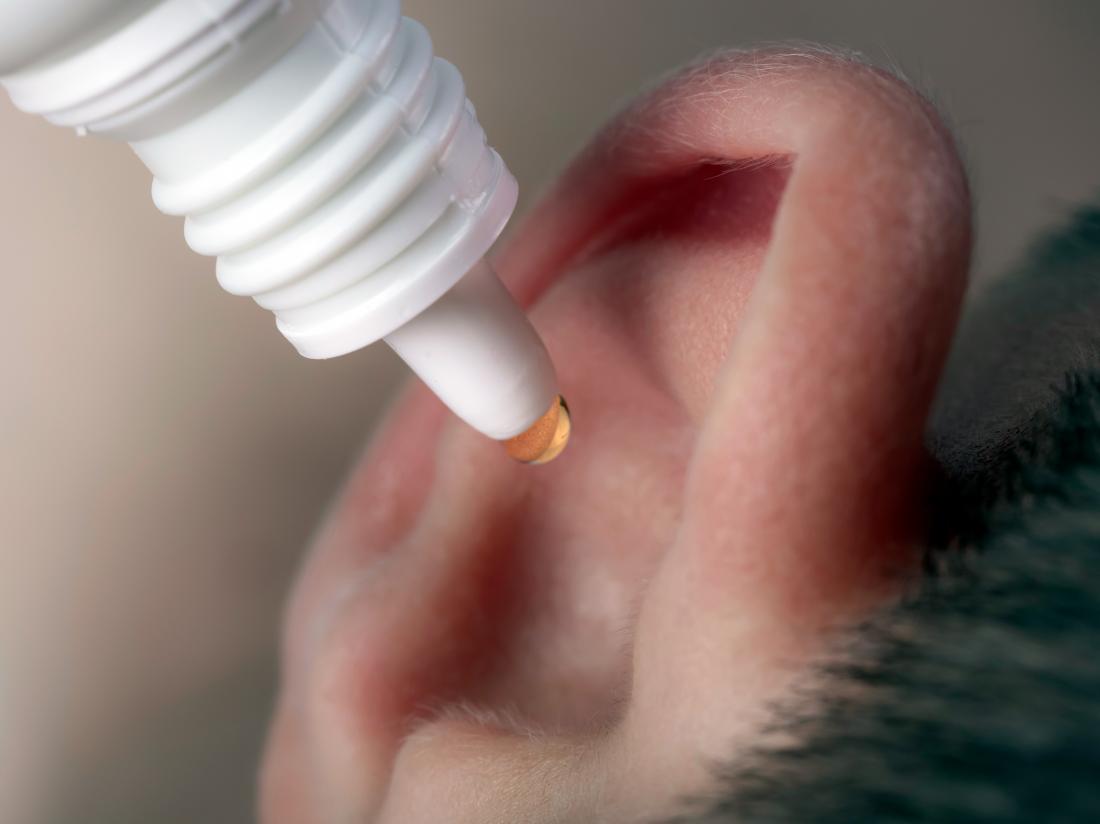Why Antibiotics May Be Unnecessary For Your Child’s Ear Infections | Paediatricians Explain

Around 75 percent of children will have at least one ear infection before they reach 3 years old. Ear infections are the most common reason that children visit doctors.
Ear infections (otitis media) are no fun for anyone. It occurs when fluid builds up behind the eardrum in the middle part of the ear and causes swelling (inflammation). This can lead to significant pain and discomfort.
Since most ear infections are caused by bacteria, it’s typically best to treat individual cases with antibiotics.
However, some experts have explained that antibiotics may not be necessary for your child’s ear infections.
The paediatricians then urged parents to observe ‘watchful waiting’ as a reasonable alternative to indiscriminate use of antibiotics for children over six months of age with middle ear infections (otitis media).
They noted that antibiotics are often not needed for the condition, as the body’s immune system can fight off the infection.
They, however, advised that antibiotic treatment can be initiated in severe cases, especially if the infection lasts longer than two to three days.
The American Academy of Paediatrics recently revised its earlier recommendation about treating ear infections with antibiotics to reflect this latest approach of watchful waiting.
Against this backdrop, Dr. Laolu Moronkola, a Lagos-based paediatrician, stressed that antibiotics can only be used for children when a middle ear infection has been duly confirmed by a specialist; noting that there are obvious symptoms of the illness that include fever, pain and lethargy.
According to Mayo Clinic, middle ear infection occurs when a virus or bacteria causes the area behind the eardrum to become inflamed.
It noted that the condition is most common in children and occurs in 80 per cent of them by the time they reach the age of three.
On managing the condition, a Paediatric Intensive Care Physician, Dr. Christopher Johnson, on online platform, KevinMD, said the common practice in most countries, especially Europe, has been to treat all acute middle ear infections with antibiotics.
He, however, said the treatment is not necessarily needed, as new findings have shown that for most children, another reasonable approach is to wait and observe if the symptoms will subside naturally without the use of antibiotics. He said:
SEE ALSO: Researchers Warn Of The Dangers Of Use Of Antibiotics Among Kids Under Two | A Must Read
“Parents have an important role in making this choice.
“The gist of it is that ‘watchful waiting’ is a reasonable alternative to antibiotic therapy for children over six months of age who do not appear seriously ill, and who do not have a temperature of over 102.2°F (39°C).
“If you and the doctor decide to wait on antibiotic treatment, you can still treat fever and pain with acetaminophen (Tylenol) or ibuprofen (Motrin).
“There is also available a numbing ear drop that, when dripped down the ear canal onto the eardrum, directly relieves the pain there.
“If you think about it, this newer understanding of the natural history of ear infections makes sense.”
Johnson, who is also an author, noted that children have been contracting ear infections for many thousands of years, but that the use of antibiotics for the ailment has only been on for three-quarters of a century.
“The overwhelming majority of those children in the pre-antibiotic era must have recovered from the infection on their own,”
he added.
The paediatrician, however, pointed out that there are a few times when the use of antibiotics becomes expedient, and that this can be determined by the present state and activity of the child.
“He will have a fever and probably be fussy. But if she is alert, drinking fluids, and looks good otherwise, you can safely put off having her evaluated.
“On the other hand, if the child is lethargic, glassy-eyed, and not taking fluids, then there is a need to see a physician as the symptoms displayed can be indicative of a more serious condition.
“Should there be a change of heart to wait before seeing a doctor.
“24 hours should be a reasonable amount of time to wait to see if the fever and pain can resolve on their own.
“If they don’t, then it would be appropriate to bring your child to the doctor,”
the paediatrician advised.
According to Michigan Medicine, antibiotics don’t help with ear pain immediately, adding “You can treat pain at home with pain relievers and by putting a warm washcloth on your child’s ear.
“Doctors usually prescribe antibiotics if a child is younger than two, has an infection in both ears or has more than mild pain or fever, is very ill from the infection and may be dehydrated.
“If the child Has other health problems, such as cleft palate or repeat infections that could put him or her at risk for serious problems from an ear infection, or has cochlear implants.
“If your doctor prescribes antibiotics, you may have to wait at least another 48 hours for the medicine to take effect,”
it stated.
Speaking with PUNCH Healthwise, Moronkola said as much as watchful waiting is good, it is more ideal to commence treatment in good time due to the closeness of middle ear infection to the brain.
“Ear infection could be very dangerous because it occurs close to the brain. We don’t like to take chances so that it doesn’t degenerate into serious complications.
“Except if it is wax, it can be observed over time. But once it is obvious there is an infection and the child is in pain, treatment has to commence,”
she said.
The paediatrician advised parents against self-medication when it comes to the condition, noting that the ailment could have been caused by trauma to the head, adding
“It is better for someone to visualize them and advise appropriately than to indiscriminately use antibiotics.
“Indiscriminate use of antibiotics will lead to resistance.
“It can make it hard for these medicines to work the next time your child needs them.
“This can happen because bacteria can build up resistance to the medicine.”


